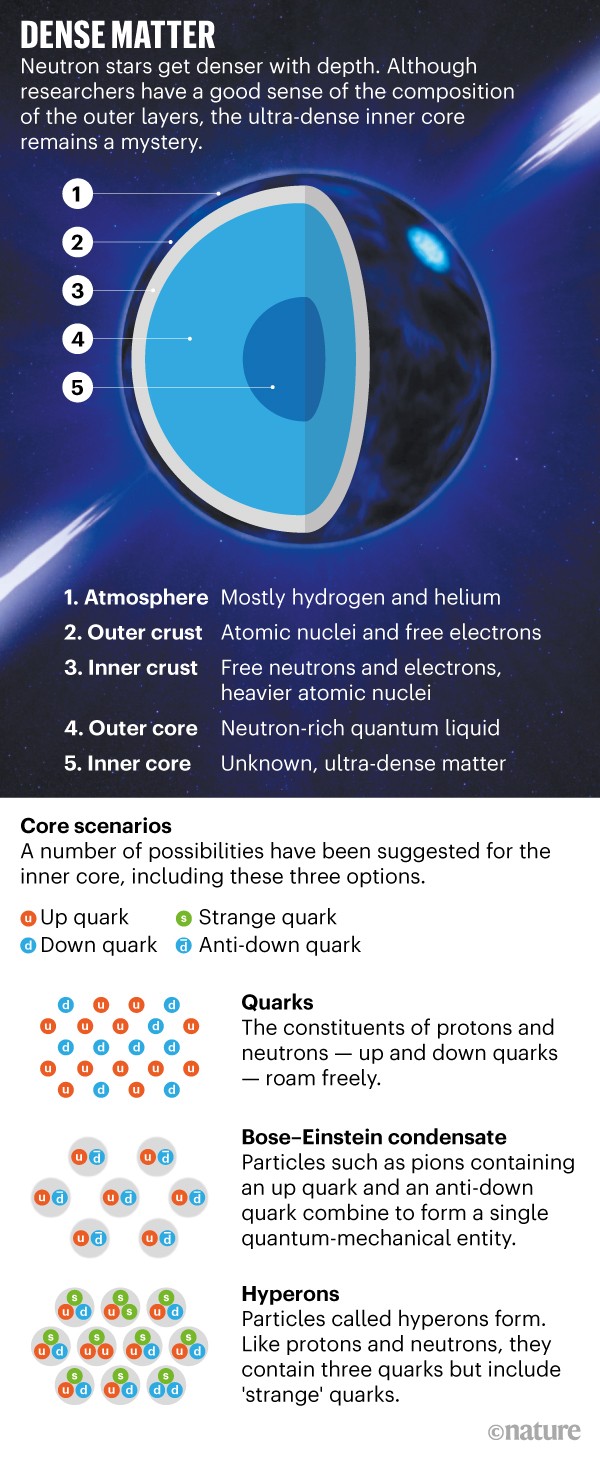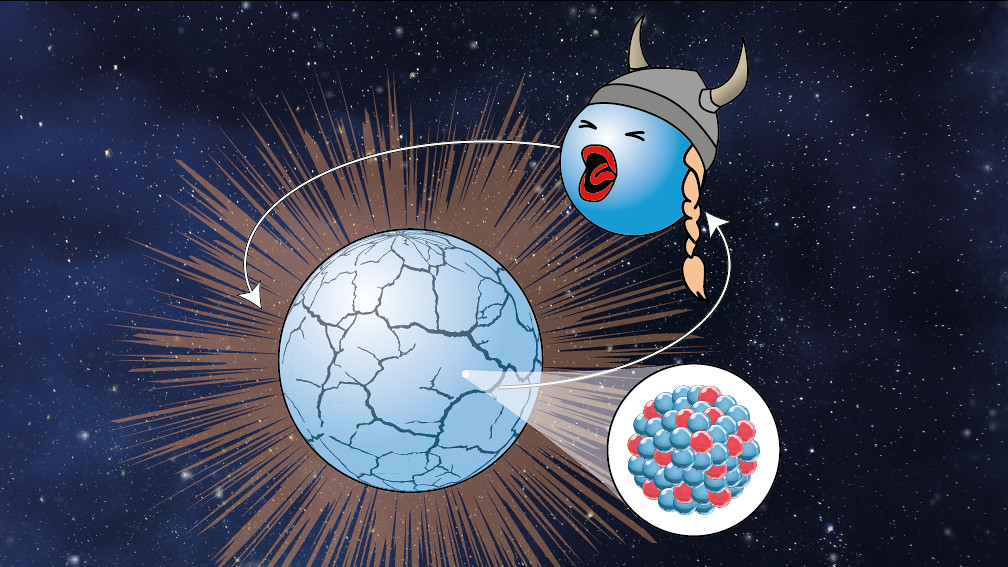


"Once we reach the time of the supernova, we do a hydrodynamical study, where we are interested in following the evolution of the exploding gas." "We used detailed stellar models to follow the evolution of a stripped star until the moment it explodes in a supernova," Vigna-Gómez said. When these objects spiral together it leads to mergers. In some systems, this can lead to binary pairs of neutron stars, black holes, or even a mixed pairing of a black hole and a neutron star. Sometimes, one of these stars steals material from the other and becomes a compact stellar remnant-a black hole or a neutron star. To solve the problem of how massive neutron star binaries or light black hole pairings form, the team of researchers led by astrophysicist at the University of Copenhagen's Niels Bohr Institute, Alejandro Vigna-Gómez, investigated what happens when a "stripped star" explodes.Ī stripped star, or a helium star, designates a star that has lost its outer hydrogen envelope as a result of an interaction with its partner star in a binary pair.Ī binary pair of stars designates stellar bodies that are formed at the same time and go on to orbit around each other. "We have detected neutron star binaries in our galaxy when one of them is a pulsar, and the masses of those pulsars are almost all identical-we don't see any heavy neutron stars." "That means we are biased in what we can observe," Ramirez-Ruiz explained. Yet, despite this bright and very detectable birthing event, once formed, black holes and neutron stars are difficult to spot because, if they are stable and not gobbling matter, they emit no detectable radiation. This collapse triggers a massive supernova that can often outshine every other star in the galaxy in which it originates.

#Eutron stars how to
"It was so shocking that we had to start thinking about how to create a heavy neutron star without making it a pulsar," professor of astronomy and astrophysics at UC Santa Cruz, Enrico Ramirez-Ruiz, said in a university press release.Įnrico Ramirez-Ruiz is one of the authors of a paper documenting the finding published in The Astrophysical Journal Letters.īoth black holes and neutron stars form when massive stars run out of fuel and can no longer support themselves against gravitational collapse. The problem is astronomers do not find examples of such massive neutron stars when they search for pulsars-rotating neutron stars that blast out pulses of radiation at regular intervals that make these objects visible. This means massive neutron stars should be fairly common in the Milky Way. This suggested to astronomers that mergers between such large neutron stars are about as common as collisions between their smaller counterparts. Astronomers Spot Growing Double Supermassive Black Holes in Infant Universe.Black Holes May Exert Pressure, Solving Problem That Troubled Hawking.Black Hole Eats Star, Causing Energy Burst That Could Have Outshone Galaxy.


 0 kommentar(er)
0 kommentar(er)
